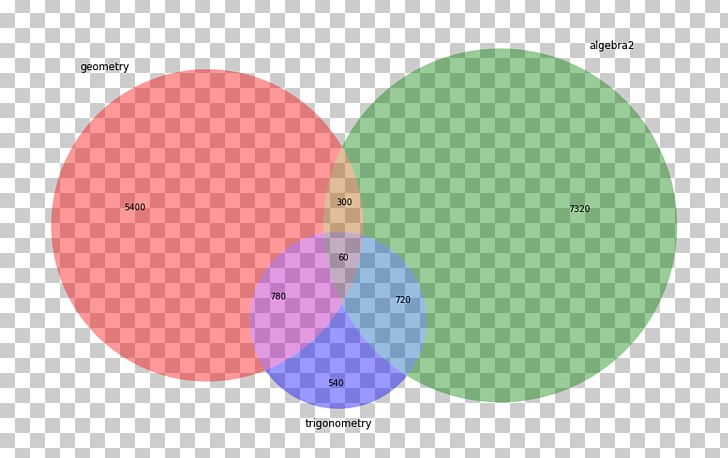

Simply saying, it's just the SLOPE of ONE POINT of a graph (line or curves or anything). Both sides' limits are 5, so the limit exists, and is 5.If the results are exactly the same, then the limit is the result Otherwise the limit doesn't exist.Replace cos(x) to ☑ in the equation, 3/☑.

Get that right side 3/-1 = -1 and left side 3/1 =1 is not equal.Know that -1 ≦ cos(x) ≦ 1, so we can tweak it to apply the squeeze theorem to get its limit.The KEY point is to apply the Squeeze theorem, and it is a MUST.


Differentiation: composite, implicit, and inverse functions.Differentiation: definition and basic derivative rules.Practice To-do List (Linked with Unit tests) HARMONIC FREQUENCY RESPONSE: VARIABLE INPUT FREQUENCY.Coursera: Mathematics for Machine Learning: Multivariate Calculus.MIT OCW 18.02SC: Multivariable Calculus.MIT OCW 18.01SC: Single Variable Calculus.The Organic Chemistry Tutor: New Calculus Playlist.Kristan King: Calculus III (Multivariable Calculus).Kristan King: Calculus II (Integral Calculus).Kristan King: Calculus I (Differential Calculus).


 0 kommentar(er)
0 kommentar(er)
